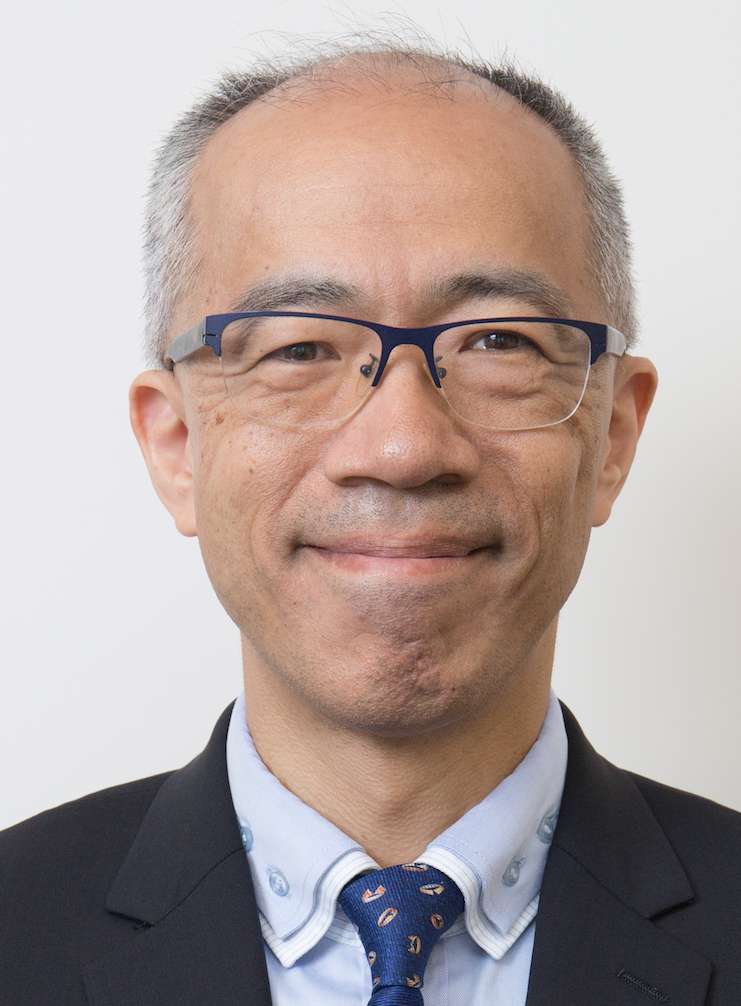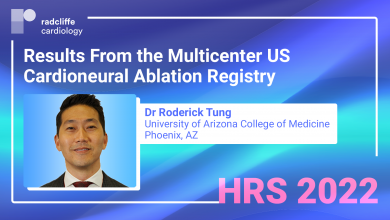Search results
Device-Based Approaches to Modulate the Autonomic Nervous System and Cardiac Electrophysiology
Author(s):
William J Hucker
,
Jagmeet P Singh
,
Kimberly Parks
,
et al
Added:
3 years ago
Article
Author(s):
Peter J Schwartz
Added:
3 years ago
Despite the clear improvements in clinical outcomes brought about by medical therapy with β-blockers, ACE inhibitors and aldosterone antagonists, as well as by device therapy with cardiac resynchronisation, many patients with chronic heart failure (HF) remain symptomatic despite optimal medical therapy. Symptomatic HF can have devastating consequences for the quality of life of individuals, and…
View more
Author(s):
Yunqiu Jiang
,
Sunny S Po
,
Faris Amil
,
et al
Added:
3 years ago
Imbalance of the autonomic nervous system (sympathetic/parasympathetic) is known to contribute to the pathophysiology of multiple cardiovascular diseases, including AF, MI (and related ventricular arrhythmias) and heart failure. The concept of neuro-immune axis has been proposed to tightly integrate the brain–heart–periphery axis, which is characterised by various pathways of the anti…
View more
Author(s):
Stavros Stavrakis
,
Sunny Po
Added:
3 years ago
There are numerous conglomerations of autonomic ganglia on the epicardial surface of the heart, known as ganglionated plexi (GP). These GP have been shown to play a significant role in different arrhythmias, including AF. As such, GP ablation has become an adjunctive procedure in the treatment of AF. This review will present the current data on the significance of GP in arrhythmogenesis and will…
View more
Author(s):
Jonathan W Waks
,
Mark E Josephson
Added:
3 years ago
Atrial fibrillation (AF), the most common sustained arrhythmia, is a leading cause of stroke, and is associated with significant morbidity and mortality worldwide. Despite its frequency, clinical importance, and advances in technology and our knowledge of the molecular, ionic and physiological fundamentals of cardiac electrophysiology, our limited understanding of the mechanisms that initiate and…
View more
Author(s):
Mark Elliott
,
Sheikh Momin
,
Barnaby Fiddes
,
et al
Added:
3 years ago
Deep brain stimulation (DBS) is an expanding neurosurgical treatment for refractory neurological conditions such as Parkinson’s disease and essential tremor, with over 120,000 devices implanted worldwide.1 The rate of cardiac implantable electronic device (CIED) implantation is rising annually, with 739 pacemaker implants per million and 141 ICD implants per million in western Europe in 2015.2…
View more
Cardiac Pacing in Reflex Syncope
Author(s):
Marco Tomaino
,
Vincenzo Russo
,
Daniele Giacopelli
,
et al
Added:
2 years ago
Article
Takashi Kunihara
Job title: Cardiothoracic Surgeon
Author
Author(s):
Roderick Tung
Added:
1 year ago
In this short interview, Dr Roderick Tung (University of Arizona College of Medicine, Phoenix, AZ, US.) joins us at HRS 2022 to outline the findings from a multicenter US cardioneural ablation registry in a study designed to provide data on the safety and feasibility of catheter-based cardioneural ablation.
Discussion Points:
1. Aim of this study
2. Patient population, study design and endpoints…
View more
Author(s):
Vincent Umbrain
,
Christian Verborgh
,
Gian-Battista Chierchia
,
et al
Added:
3 years ago
The current option for refractory treatment for atrial fibrillation (AF) includes hybrid AF-surgery.1–2 The hybrid approach was originally a combination of mini-invasive surgical epicardial evaluation and ablation, as well as endocardial electrophysiologist (EP) catheter ablation with the intention of creating a lesion set to cure AF.3 In the search for greater efficacy with less patient…
View more















